Front Cover
About the Authors
Engineering a Compiler
Copyright
Dedication
About the Cover
Table of Contents
Preface
Chapter 1. Overview of Compilation
1.1 Introduction
1.2 Compiler Structure
1.3 Overview of Translation
1.4 Summary and Perspective
Chapter Notes
Exercises
Chapter 2. Scanners
2.1 Introduction
2.2 Recognizing Words
2.3 Regular Expressions
2.4 From Regular Expression to Scanner
2.5 Implementing Scanners
2.6 Advanced Topics
2.7 Chapter Summary and Perspective
Chapter Notes
Exercises
Chapter 3. Parsers
3.1 Introduction
3.2 Expressing Syntax
3.3 Top-Down Parsing
3.4 Bottom-Up Parsing
3.5 Practical Issues
3.6 Advanced Topics
3.7 Summary and Perspective
Chapter Notes
Exercises
Chapter 4. Context-Sensitive Analysis
4.1 Introduction
4.2 An Introduction to Type Systems
4.3 The Attribute-Grammar Framework
4.4 Ad Hoc Syntax-Directed Translation
4.5 Advanced Topics
4.6 Summary and Perspective
Chapter Notes
Exercises
Chapter 5. Intermediate Representations
5.1 Introduction
5.2 Graphical IRs
5.3 Linear IRs
5.4 Mapping Values to Names
5.5 Symbol Tables
5.6 Summary and Perspective
Chapter Notes
Exercises
Chapter 6. The Procedure Abstraction
6.1 Introduction
6.2 Procedure Calls
6.3 Name Spaces
6.4 Communicating Values Between Procedures
6.5 Standardized Linkages
6.6 Advanced Topics
6.7 Summary and Perspective
Chapter Notes
Exercises
Chapter 7. Code Shape
7.1 Introduction
7.2 Assigning Storage Locations
7.3 Arithmetic Operators
7.4 Boolean and Relational Operators
7.5 Storing and Accessing Arrays
7.6 Character Strings
7.7 Structure References
7.8 Control-Flow Constructs
7.9 Procedure Calls
7.10 Summary and Perspective
Chapter Notes
Exercises
Chapter 8. Introduction to Optimization
8.1 Introduction
8.2 Background
8.3 Scope of Optimization
8.4 Local Optimization
8.5 Regional Optimization
8.6 Global Optimization
8.7 Interprocedural Optimization
8.8 Summary and Perspective
Chapter Notes
Exercises
Chapter 9. Data-Flow Analysis
9.1 Introduction
9.2 Iterative Data-Flow Analysis
9.3 Static Single-Assignment Form
9.4 Interprocedural Analysis
9.5 Advanced Topics
9.6 Summary and Perspective
Chapter Notes
Exercises
Chapter 10. Scalar Optimizations
10.1 Introduction
10.2 Eliminating Useless and Unreachable Code
10.3 Code Motion
10.4 Specialization
10.5 Redundancy Elimination
10.6 Enabling Other Transformations
10.7 Advanced Topics
10.8 Summary and Perspective
Chapter Notes
Exercises
Chapter 11. Instruction Selection
11.1 Introduction
11.2 Code Generation
11.3 Extending the Simple Treewalk Scheme
11.4 Instruction Selection via Tree-Pattern Matching
11.5 Instruction Selection via Peephole Optimization
11.6 Advanced Topics
11.7 Summary and Perspective
Chapter Notes
Exercises
Chapter 12. Instruction Scheduling
12.1 Introduction
12.2 The Instruction-Scheduling Problem
12.3 Local List Scheduling
12.4 Regional Scheduling
12.5 Advanced Topics
12.6 Summary and Perspective
Chapter Notes
Exercises
Chapter 13. Register Allocation
13.1 Introduction
13.2 Background Issues
13.3 Local Register Allocation and Assignment
13.4 Global Register Allocation and Assignment
13.5 Advanced Topics
13.6 Summary and Perspective
Chapter Notes
Exercises
Appendix A. ILOC
A.1 Introduction
A.2 Naming Conventions
A.3 Individual Operations
A.4 Control-Flow Operations
A.5 Representing SSA Form
Appendix B. Data Structures
B.1 Introduction
B.2 Representing Sets
B.3 Implementing Intermediate Representations
B.4 Implementing Hash Tables
B.5 A Flexible Symbol-Table Design
Appendix Notes
Bibliography
Index
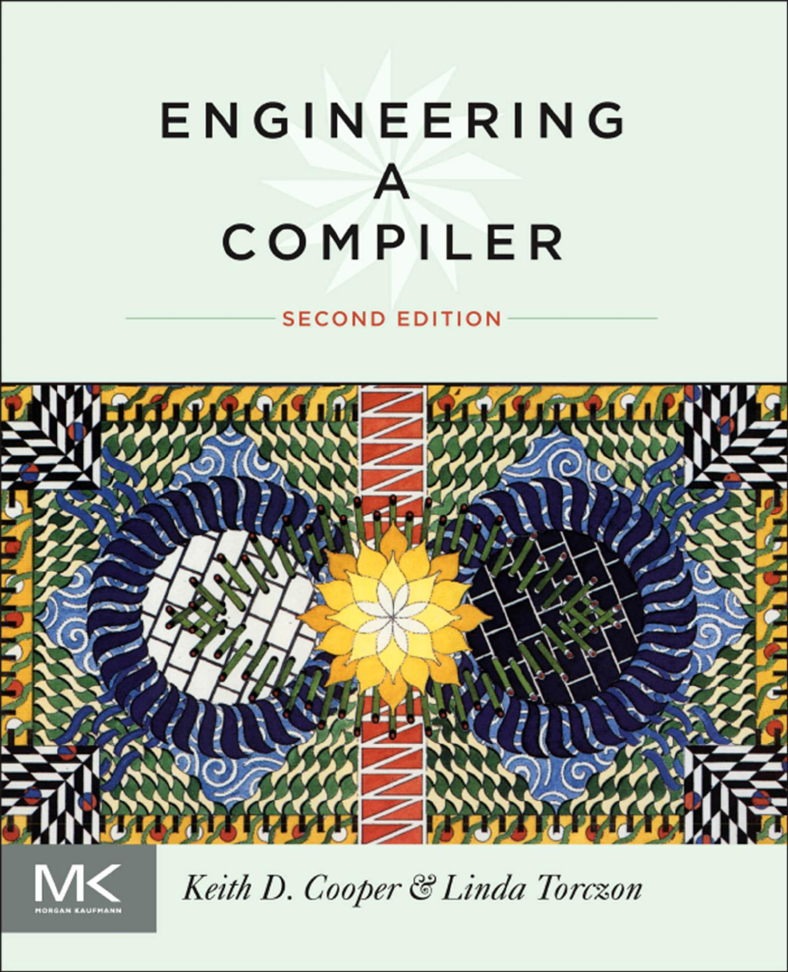
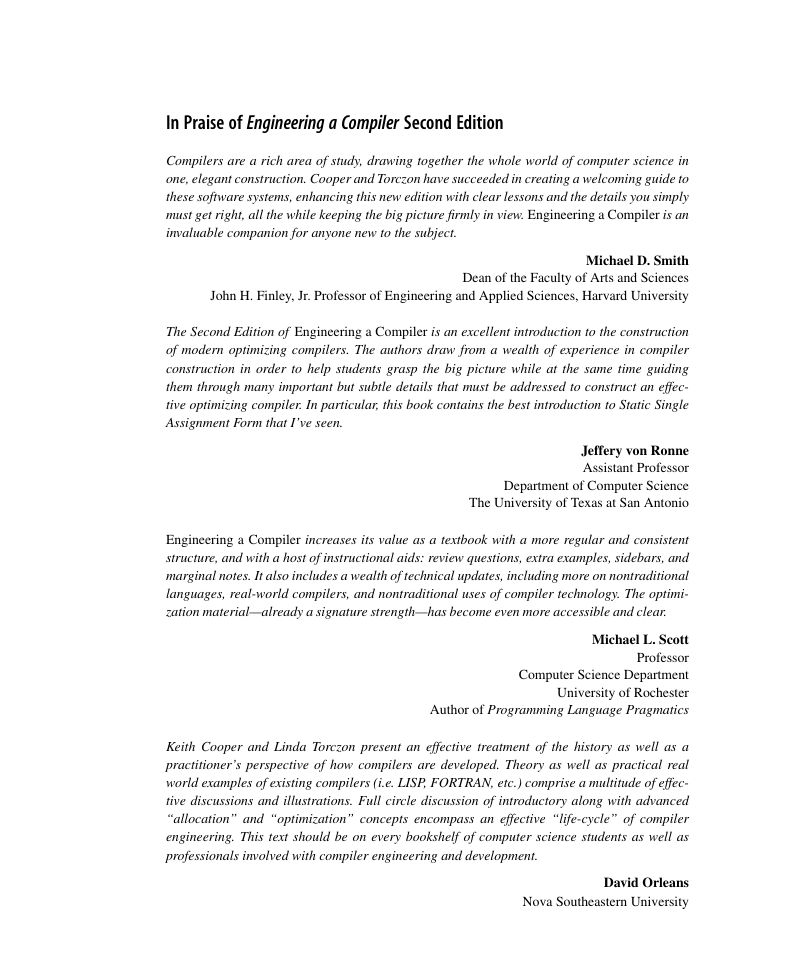

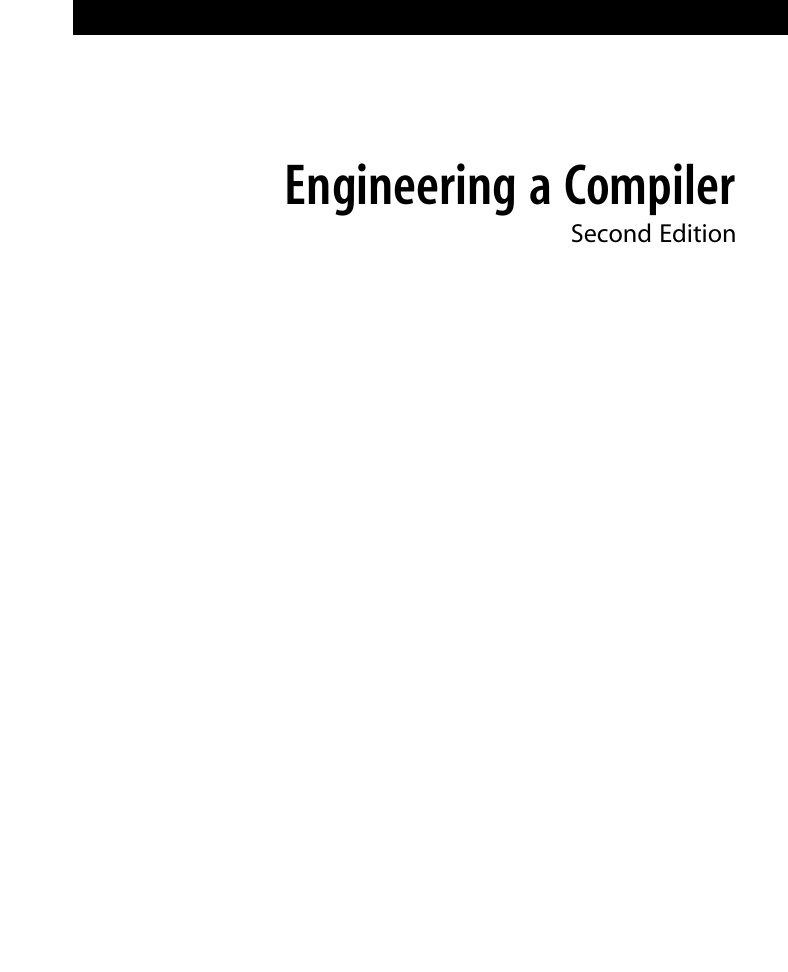
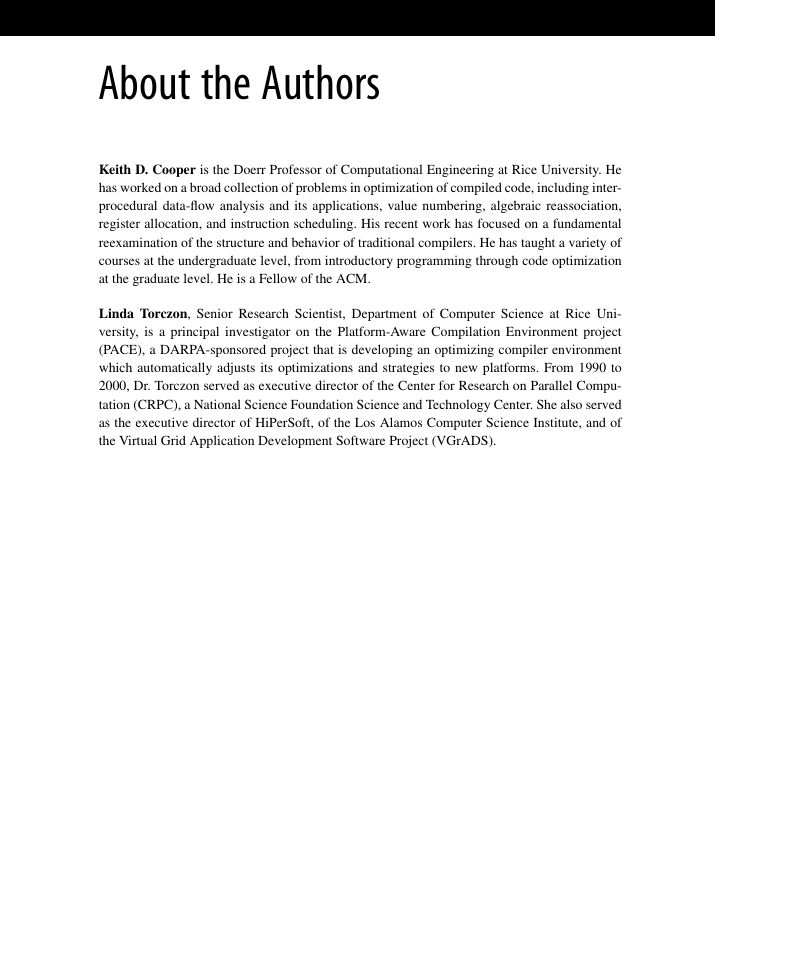
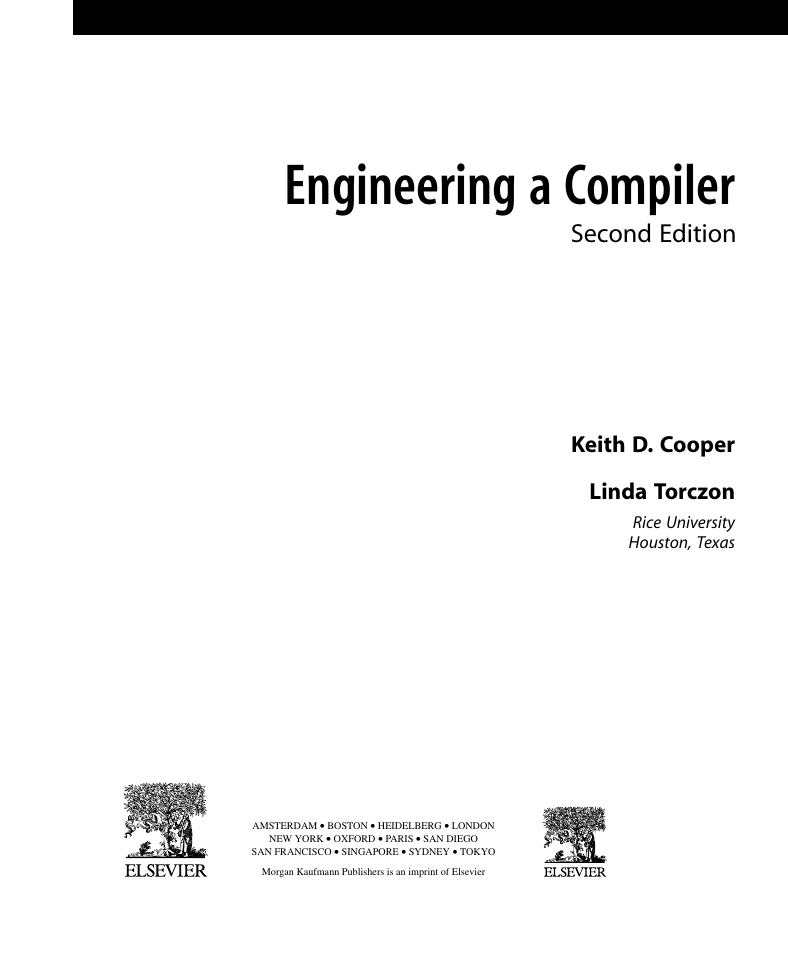
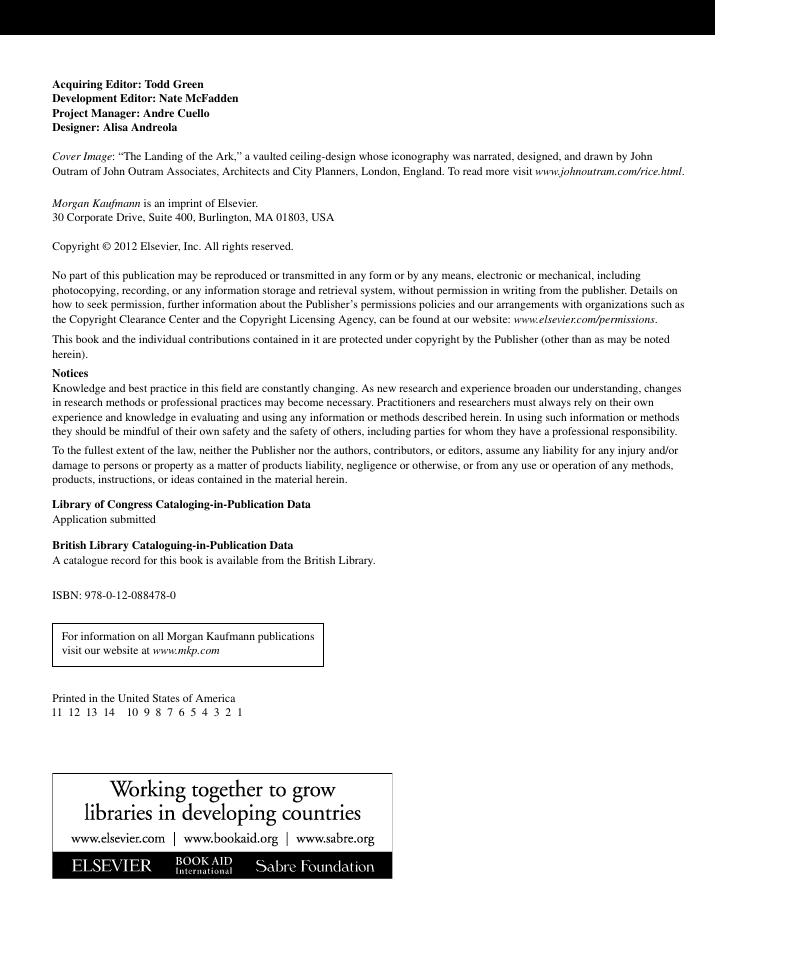









 2023年江西萍乡中考道德与法治真题及答案.doc
2023年江西萍乡中考道德与法治真题及答案.doc 2012年重庆南川中考生物真题及答案.doc
2012年重庆南川中考生物真题及答案.doc 2013年江西师范大学地理学综合及文艺理论基础考研真题.doc
2013年江西师范大学地理学综合及文艺理论基础考研真题.doc 2020年四川甘孜小升初语文真题及答案I卷.doc
2020年四川甘孜小升初语文真题及答案I卷.doc 2020年注册岩土工程师专业基础考试真题及答案.doc
2020年注册岩土工程师专业基础考试真题及答案.doc 2023-2024学年福建省厦门市九年级上学期数学月考试题及答案.doc
2023-2024学年福建省厦门市九年级上学期数学月考试题及答案.doc 2021-2022学年辽宁省沈阳市大东区九年级上学期语文期末试题及答案.doc
2021-2022学年辽宁省沈阳市大东区九年级上学期语文期末试题及答案.doc 2022-2023学年北京东城区初三第一学期物理期末试卷及答案.doc
2022-2023学年北京东城区初三第一学期物理期末试卷及答案.doc 2018上半年江西教师资格初中地理学科知识与教学能力真题及答案.doc
2018上半年江西教师资格初中地理学科知识与教学能力真题及答案.doc 2012年河北国家公务员申论考试真题及答案-省级.doc
2012年河北国家公务员申论考试真题及答案-省级.doc 2020-2021学年江苏省扬州市江都区邵樊片九年级上学期数学第一次质量检测试题及答案.doc
2020-2021学年江苏省扬州市江都区邵樊片九年级上学期数学第一次质量检测试题及答案.doc 2022下半年黑龙江教师资格证中学综合素质真题及答案.doc
2022下半年黑龙江教师资格证中学综合素质真题及答案.doc